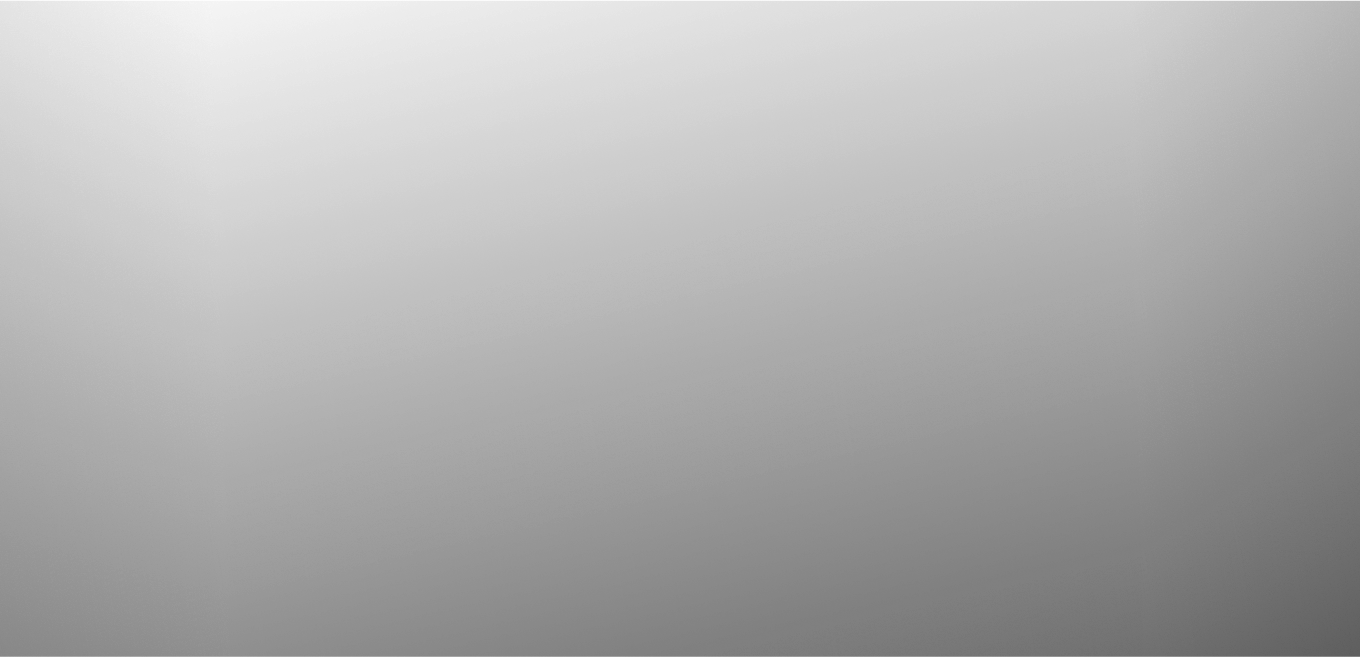The Panthéon was built in the 18th century and modelled on the Pantheon in Rome – but in a modernised Roman style – and sits at the heart of the Latin Quarter.
It stands atop the Montagne-Sainte-Geneviève unperturbed by the rhythm of student life since the 13th century and the creation of La Sorbonne, at the time the centre of studies taught in Latin - hence the name “Latin Quarter”.
Its pretty medieval streets criss-cross the history of knowledge and the energy of the student life that surrounds it. There’s no shortage of things to see and do around the Panthéon.
Between Place Cardinal Lemoine, the Fontaine Saint-Michel and the Arènes de Lutèce, visitors can happily lose track of time amongst the little boutiques and more specifically the bookshops, whether specialist (Librairie du Cinéma du Panthéon, Librairie de la présence africaine and Librairie l’Harmattan, specialised in Spanish publications) or crossed with coffee shops (Tram café), record stores or English conversation cafés (Shakespeare & Compagnie). It’s safe to say that literature is a way of life in the district.
Daylight hours are spent studying in the majestic libraries (Sainte-Geneviève and the Sorbonne library), while come evening the independent cinemas begin to fill up (Filmothèque du Quartier Latin, Cinéma du Panthéon) along with the specialist theatres.
From the Thermes de Cluny, built under the Roman Empire, to the neo-classical design of the Panthéon, all of Paris’ historic transformations are contained within this one neighbourhood.
The district’s architecture - like its Fontaine Saint-Michel described as “eclectic”, a canvas of different styles showcased on a single monument - is formed of a variety of centuries and traditions often blended within the same construction. The Hôtel de Cluny is also a fine example of this patchwork of the history of architecture, with sections dating from the Middle Ages to modern times, with even a smattering of Antiquity.
This charming village at the heart of Paris is particularly coveted, being peaceful yet vibrant, residential yet central and steeped in history. It is one of the most popular areas on the Left Bank, offering stable investment and real estate opportunities, whether in properties with character or at the top end of the luxury scale, attracting a varied clientèle, equal parts international, French, families and investors, but with one thing in common: their financial ease.























